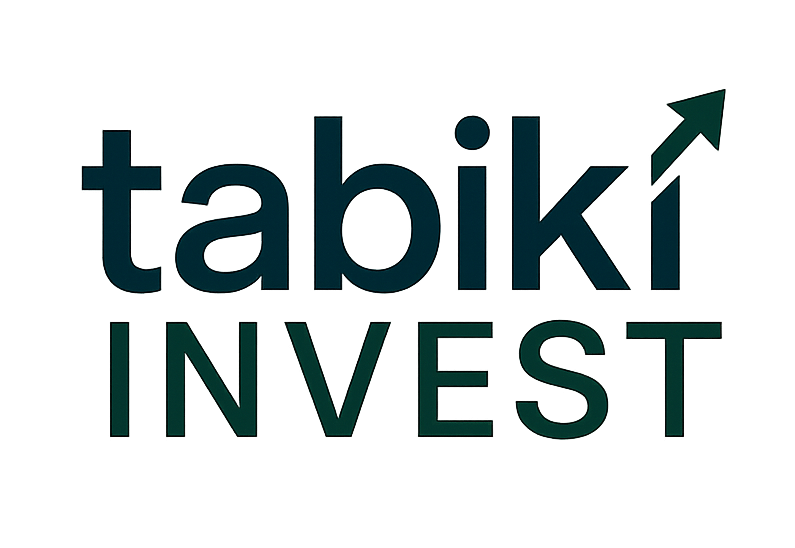Orkla’s Strategic Shift: Why the Factory Sale in Estonia Matters
In a surprising but calculated move, Orkla — one of the Nordic region’s most recognizable consumer goods conglomerates — announced the sale of its factory in Põltsamaa, Estonia. This decision is not an isolated incident, but part of a broader transformation within the company that could reshape its long-term trajectory, investor sentiment, and international market positioning.
Background: Orkla’s Evolution from Manufacturer to Brand Powerhouse
Orkla has historically managed a wide portfolio of brands across food, home, and personal care sectors. Its business model once relied heavily on vertical integration — controlling both production and branding. However, over the past decade, there has been a marked shift: Orkla has progressively evolved into a brand-centric holding company, focusing more on marketing, innovation, and regional scaling, rather than owning every production asset.
The Estonian factory sale follows several similar restructurings across Central and Eastern Europe, where Orkla has moved to divest manufacturing units, particularly when cost-efficiency or local demand plateaued. The overarching theme? Asset-light, brand-heavy.
Estonia: Why Põltsamaa?
Põltsamaa is one of Orkla’s most historic assets in the Baltic region. Known for producing juices, jams, sauces, and ready meals, the plant has been an integral part of Estonia’s consumer goods landscape. Yet, Orkla’s decision to offload the asset suggests a strategic reevaluation of how it wants to participate in the region moving forward.
While the brand Põltsamaa will remain under Orkla’s ownership, the operational responsibility will shift to a local investor, who will continue production through licensing or outsourcing arrangements. This enables Orkla to retain market presence while reducing fixed costs and capital obligations.
New Leadership, New Direction?
Several analysts believe that these divestments reflect the influence of new leadership within Orkla’s top management. There has been a clear acceleration in portfolio restructuring, regional rightsizing, and reallocation of resources toward digital channels, ESG compliance, and cross-border scalability.
Such moves also resonate with investor demand for higher return on equity and leaner balance sheets — especially in sectors where margins are tightening due to inflation, raw material costs, and supply chain volatility.
The Economics Behind the Sale
From a shareholder perspective, the sale may unlock capital that can be reinvested into high-margin areas, such as plant-based innovation, wellness products, or strategic acquisitions in Western Europe. Furthermore, reducing fixed manufacturing exposure helps stabilize earnings in volatile periods and avoids regional dependency risks.
The Baltic market, while loyal and relatively stable, may not offer the same growth potential as emerging regions or digital D2C opportunities. In this context, selling the plant but retaining brand presence is a middle ground — ensuring Orkla stays relevant while optimizing the cost base.
Risks and Potential Drawbacks
No strategic shift is without risks. Critics argue that excessive outsourcing can lead to loss of quality control, brand dilution, or reduced agility. There’s also potential public backlash, especially when local jobs or long-standing production heritage is involved.
In Estonia, consumer sentiment around Põltsamaa is tied to national identity — and any perceived detachment by Orkla could lead to brand erosion if not managed carefully. Transparency, transition support, and continued product quality will be critical to sustaining trust.
Wider Implications for the Orkla Stock
From an investment standpoint, this move could be viewed positively by markets that favor streamlined, capital-efficient business models. If Orkla can show improved profit margins, ROIC, and cash flow stability over subsequent quarters, the restructuring may be validated.
However, a lot depends on execution. If product availability, innovation pipeline, or brand equity suffer during or after the transition, these benefits could be undermined. Investors will be closely watching Q3 and Q4 earnings reports for signals of success or disruption.
Conclusion: A Pivotal Moment in Orkla’s Journey
Orkla’s decision to sell its Estonian factory is emblematic of a wider industry trend: legacy FMCG giants shifting from full-stack operations to flexible, brand-focused models. If managed well, this could mark the beginning of a more agile, internationally scalable Orkla — one better suited to the demands of a digital-first, cost-sensitive global consumer base.
For now, all eyes remain on how Orkla navigates this new chapter — and whether the Põltsamaa blueprint becomes a model for future transformations in other markets.
